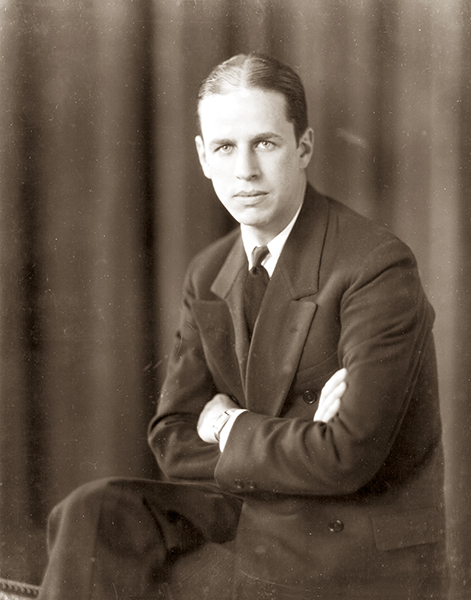I recently watched the 2022 documentary Unrivaled: Sewanee 1899 about that year's football team at the University of the South, a small, private liberal arts college in the Tennessee town. The film is a fascinating look at what is often called the greatest team in college football history. The Tigers played twelve games between October 21 and December 3 that season, including an incredible November road trip of five in six days. No opponent scored on Sewanee except Auburn. Let's investigate.
College football was a very different sport in those days. The game had evolved somewhat from the ones played in the 1860's and 1870's that resembled rugby. In the 1880's the influence of Walter Camp brought a number of changes still in use today. Camp, who played at Yale and then coached there and at Stanford, introduced the line of scrimmage, the center snap to the quarterback, and the modern day size of the field.
In 1899 touchdowns and field goals were scored at five points each and conversions [point after touchdown] were a single point. At the time of Sewanee's great season, the forward pass had not yet been invented. The quarterback took the snap and handed off to another player, then becoming another blocker. There were no offensive and defensive squads; players stayed in for the entire game unless injured too badly--which usually required a broken bone.
Auburn and Sewanee were members of the same conference. As noted by Wikipedia, "The beginnings of the contemporary Southeastern Conference and Atlantic Coast Conference start in 1894. The Southern Intercollegiate Athletic Association (SIAA) was founded on December 21, 1894, by William Dudley, a chemistry professor at Vanderbilt.[47] The original members were Alabama, Auburn, Georgia, Georgia Tech, North Carolina, Sewanee, and Vanderbilt. Clemson, Cumberland, Kentucky, LSU, Mercer, Mississippi, Mississippi A&M (Mississippi State), Southwestern Presbyterian University, Tennessee, Texas, Tulane, and the University of Nashville joined the following year in 1895 as invited charter members.[48] The conference was originally formed for "the development and purification of college athletics throughout the South".[49]"
The coach of Sewanee was Billy Suter, in his first year at that position. He had seven
starters back from the 1898 team, which went 4-0. By all accounts he was a strict
disciplinarian. He coached at Sewanee until 1901, then one year at Georgetown
before leaving the profession for publishing.
Sewanee's victims in 1899 included Tennessee (46-0), Texas (12-0), Tulane (23-0),
and LSU (34-0). They outscored opponents 322-10. Although the team had twenty-
one students who played that year, only thirteen made the brutal road trip.
The Tigers from the Plains were 3-0-1 going into the Sewanee game, so the players
were no doubt rested and ready. Auburn had not played a game since November
18 when they tied Georgia 0-0. Earlier in the season Auburn defeated by large
margins three teams, including Georgia Tech and Clemson, that did not score a
point.
Auburn's coach John Heisman , in his fifth year at the school, had a much different
career. In addition to football, he coached basketball and baseball at various schools.
He coached at Oberlin before arriving in Auburn in 1895; he left there after the
1899 season. Others stops in football included Clemson, Georgia Tech, Penn and
Rice. His contributions to the game included an early player shift, the hidden ball
play, and efforts to legalize the forward pass and divide the game time into quarters.
The Sewanee-Auburn contest was played on November 30, Thanksgiving Day, at
Riverside Park in Montgomery. Accounts give the attendance as 3000 or 4000.
I wonder if the site was at or near the current Riverfront Park along the Alabama River.
I did find a description in The Works of Matthew Blue, Montgomery's First Historian,
edited by Mary Ann Neeley, that seems to locate the park there. "The depot was near
the river on the west side of north Court Street. The area extended along the riverbank
and was later known as Riverside Park, where subsequent fairs and events took place."
[p. 218].
An interesting sidelight to this game is the fact that Sewanee had two players from Alabama, both at the halfback position. Ringland F. "Rex" Kilpatrick was from Bridgeport and Henry "Diddy" Seibels from Montgomery.
Early Auburn football has a connection with another interesting team and game. In 1914 the Carlisle Indians from Pennsylvania made a southern tour during the season and played both Alabama and Auburn. They defeated Alabama, but lost to Auburn. You can read the details here.
Two descriptions of the game can be read below. Sewanee managed to win by one point even though Auburn gained 323 total yards to their 82. On December 4 a long article about the game appeared in the Birmingham Post-Herald under the title "Coach Heisman Scores Officials". Heisman was critical of the officiating, to say the least.
Source: Chronicling America
































